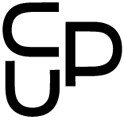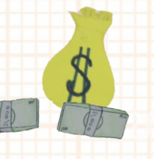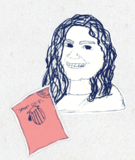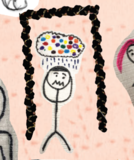Youth Education
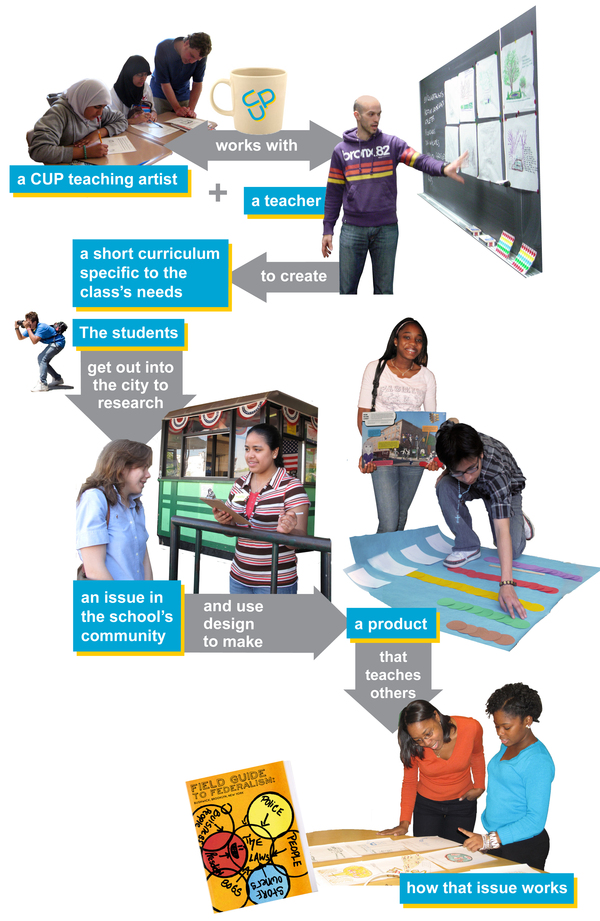
About City Studies
City Studies projects are in-class and afterschool, project-based curricula for public high school students. They range from 15 sessions to one-day workshops. They help connect teachers’ core curricula to a new kind of civics education — one that uses design and art as tools to research the city.
CUP partners with a CUP-trained teaching artist and a high school teacher to create a curriculum specific to the teacher’s needs. Students get out of the classroom to research an issue in the school’s community and use design to make a product that teaches others how that issue works. Past City Studies have produced a booklet to help high schoolers counsel their peers in navigating the bureaucracy of cash assistance programs; a set of posters on public safety; and a publication on the pros and cons of a proposed soft drink tax. The curriculum CUP develops along with the teaching artist and high school teacher can then be used in subsequent years by the high school teacher with new students.
Through City Studies programs, students get out of the classroom to interact with New York City and the people who make it work. Students engage in active research and use their art and design skills to synthesize information and break down complex issues. Students learn about the city from real people, by coming into direct contact with decision-makers and stakeholders.
City Studies are flexible and work in afterschool programs or in classrooms. City Studies have been implemented in civics, environmental science, math, and English classes, among others.
- “This is the most engaged I’ve seen our students all semester. Especially our students with IEP’s. They really get into hunting things out in the city.” - Bianca Briggs, The Academy of Urban Planning
Press
- Edible Geography
- August 13, 2010
The booklet offers a handy how-to guide for soda-tax decision-making, starting with close readings of statements from the major players and a review of existing data, before moving onto the fun stuff: original, micro-local research.
- The New York Times
- April 09, 2010
Underneath the 40-block strip of land between Queens and Manhattan known as Roosevelt Island is a complex system of pneumatic tubes that connects the island’s 12,000 or so residents. But it’s not mail that’s hurtling through them at at 30 miles an hour. It’s garbage.
